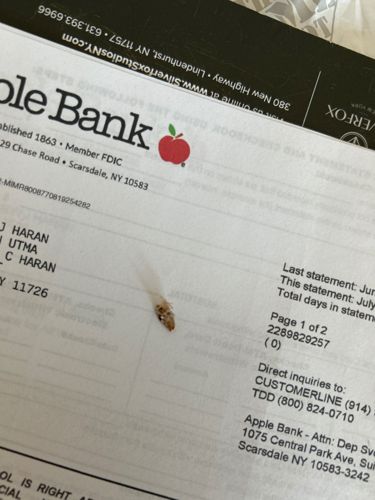Carpet Beetle (larva)
Scientific Name: Anthrenus scrophulariae (Black Carpet Beetle larva is a common species, but various species exist within Dermestidae)
Order & Family: Order: Coleoptera, Family: Dermestidae
Size: Larvae are typically 2-5 mm long. Adults are slightly larger, usually 2-3 mm.

Natural Habitat
Indoors, larvae are found in dark, undisturbed areas such as closets, attics, storage chests, and behind baseboards. They infest carpets, rugs, upholstered furniture, clothing, and stored food products. Outdoors, adults are common on flowering plants.
Diet & Feeding
Larvae feed on a variety of animal and plant products, including wool, silk, fur, feathers, leather, pet food, dried insects, and even lint and dust in cracks and crevices. Adults feed on pollen and nectar from flowers.
Behavior Patterns
Carpet beetle larvae move slowly but continuously as they feed on natural fibers. They prefer dark, undisturbed areas. Adults are typically found outdoors on flowers, feeding on pollen and nectar, but can fly indoors through open windows or doors. Their life cycle includes egg, larva, pupa, and adult stages, with the larval stage being the destructive one.
Risks & Benefits
Potential risks: Carpet beetle larvae can cause significant damage to natural fiber textiles, carpets, and stored food products. They do not bite or transmit diseases to humans. Potential benefits: Outdoors, adult carpet beetles contribute to pollination.
Identified on: 8/31/2025